Chances are, if you follow any home decor or “lifestyle” accounts on Instagram, you have seen posts with succulents in them. Dig a little deeper into this succulent world on Instagram and you will see accounts with tens of thousands of followers that just post about succulents. If you follow any of these accounts (or is that just me?), you will see them post a picture of leaves that have tiny new growth on them. These leaves are used to make an entirely new plant.
So, you see posts with these leaves that are used to make entirely new plants, they use the hashtag #succulentpropagation or #propagation, and you’re like, what the heck is that? What is this sorcery? Maybe you don’t wonder that, but it is helpful to know what propagation is nonetheless if you are interested in FREE PLANTS. So, I hope to give a broad understanding of what plant propagation is in this post, and in future posts, give more detailed tutorials about each kind of propagation and about propagation of specific plants.
Table of Contents
What is propagation?
Simply put, propagation is making more plants out of existing plants. More complicatedly put, plants can reproduce sexually or asexually. Plants reproduce sexually through spores or seeds that are fertilized through water or pollination, respectively. Plants reproduce asexually when parts of the plant (other than the seeds) are used to make more plants without requiring pollination. Another name for this is vegetative propagation. Does this distinction matter for getting more plants? Yes and no. If you just want more plants, and don’t care that it looks exactly like the plant it came from, then no, it doesn’t matter if you propagate through seeds or vegetation. If, however, you want your new plant to look exactly like your existing plant, then you have to use vegetative, or asexual, propagation. All of the methods listed later in the post except for seeds are asexual means of propagating plants.
Why propagation?
There are several reasons you would want to propagate plants. My primary reasons are that I am cheap, Paul does not want me to spend any more money on plants, buuuuutttt….. I want more plants. So, what to do? Make more plants out of existing ones, or buy extremely cost effective seeds to get new plants. The other main reason is that eventually many plants get to a point where they are no longer as healthy as before or aren’t flowering as much as they used to. At that point, you can split up (or divide) the plant and plant each separately if you have more space, give some to your neighbors/friends if you don’t, be a jerk and just throw it in your compost, or be an even bigger jerk and throw it in the trash.
What kinds of propagation are there?
There are many different ways to propagate plants. Here are some of the methods ranging from most common/easiest to least common/hardest.
| Division | When you dig up the plant and divide or split the plant into multiple plants | |
| Seeds | At the end of their flowering, plants produce seeds that can be planted | |
| Layering | The stem of part of a plant can be covered with soil and that part will root on its own | |
| Cuttings | Stems | You can cut off various parts of a plant and get those to root on their own to make a new plant |
| Roots | ||
| Leaves | ||
| Grafting | When you attach a part of one plant to the stem of another plant | |
Division is the easiest/most successful method for propagation because the separate divisions of the plant each already have their own roots. One of the main reasons propagation isn’t successful is that the conditions were not right for the seed/section of plant to form new roots. With division, they already have roots.
Seeds are also pretty easy as long as you are either starting them outdoors in the spring, or indoors for most other times of year. Just read the directions on the seed packet. If it doesn’t work out, it’s not a huge loss because most seed packets cost less than $3.
Layering is the next easiest because the current plant is already established, and many plants do this naturally anyway. Layering can easily be achieved when one of the stems/branches is close to the ground already, you just cover it up with dirt, and wait for it to root on its own. Then you can cut the part that connected it to the parent plant. There is also a method called air layering. More on these in a later post.
Cuttings from a current plant can also be used. Some plants easily form roots from cuttings, and others less so. Many plants will form new roots it you place the cuttings in water and wait. Sometimes this is a quick process, but sometimes this can take several months to happen, and many will die in the process. I also am not patient enough. Water propagation displays look cool, but I haven’t had much success. The other alternative is to stick that cutting in or on soil, water as needed, and it will root in the soil. Some use rooting hormone to aid in this process.
Grafting is some next-level stuff that looks like it belongs in a sci-fi movie. This method is not as common and not as easy, which is why many plants that are grown with this process (Japanese maples, for example) are so expensive.
Where do I get started?
If you are just starting your garden and don’t have a lot of money to spend, there are Facebook groups for plant swaps. In these groups, people swap plants that they are able to divide from their own garden with something they want from someone else’s garden. Many of these groups are friendly to new gardeners and are willing to give you plants without requiring some in return. Sometimes people just want to thin out their plants and don’t want any in return because they don’t have room. Just search plant swap in the Facebook groups section and you will likely find one for your area.

If you are just starting with propagation, I would go with plants that can be divided or grown from seed. If you talk to anyone you know that gardens, they likely are willing to split some plants with you. Gardeners are generally a friendly, compassionate group of people. Once you have your own plants, you can then propagate them again and again to fill your garden.
I miiiiight have picked up succulent pieces off the floor at a certain home improvement store. Then I propagated them at home. I mean….they were going to throw them away anyway…. It’s kind of an ethical gray area. Do NOT do this, however, at city, state, and national parks, wildlife refuges, botanical gardens, or other similar places. Don’t be that guy.
This process can take time, so if you are impatient and have lots of money to spare, you can just straight up buy all the plants you want from the get-go. There is something fun, though, about propagation. Is it going to make it? Is it not? I kind of feel like a mad scientist trying to make these plant parts grow.
Was this helpful? Do you have any questions? What other gardening topics would you like to see me write about? Let me know in the comments!
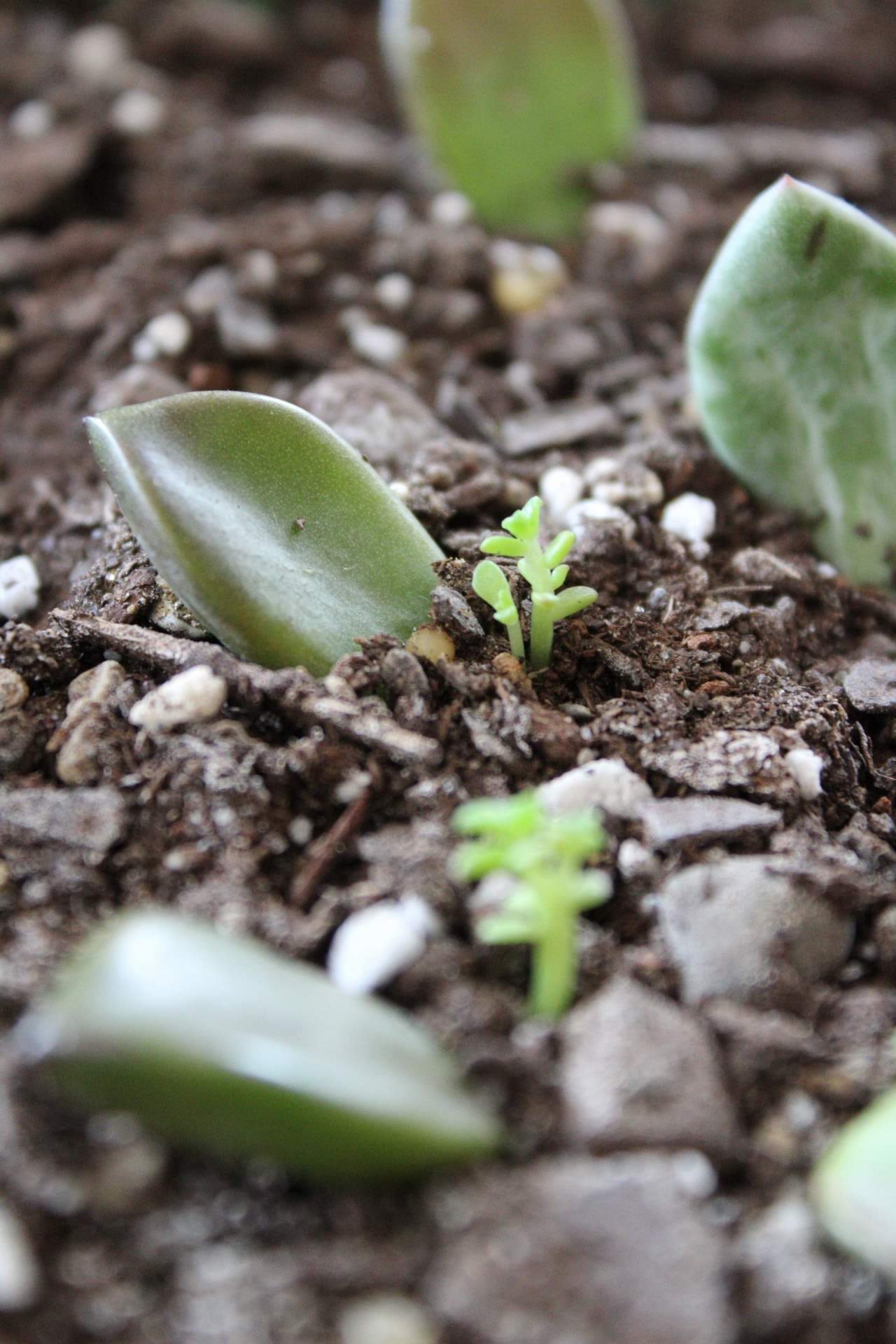
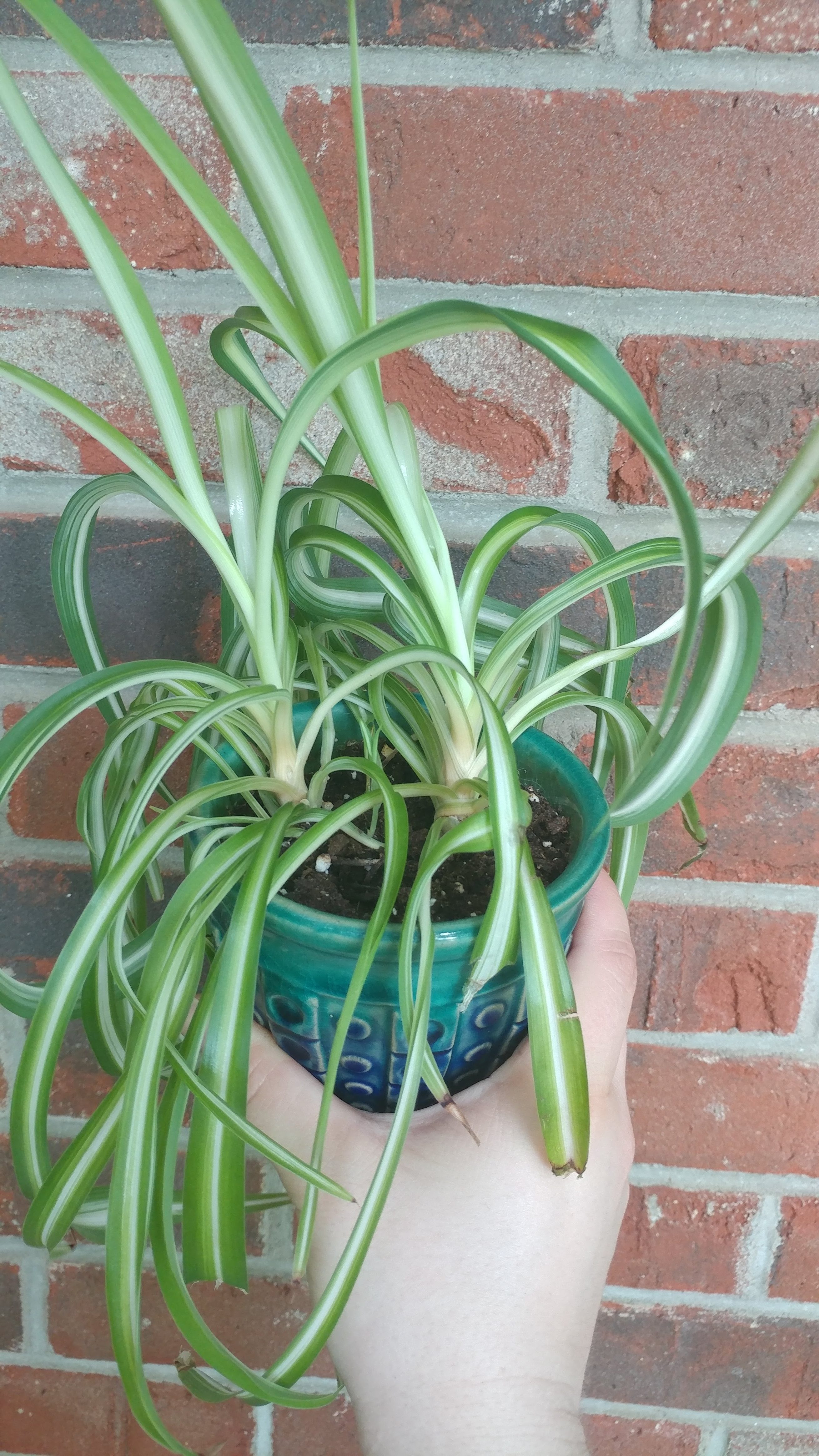
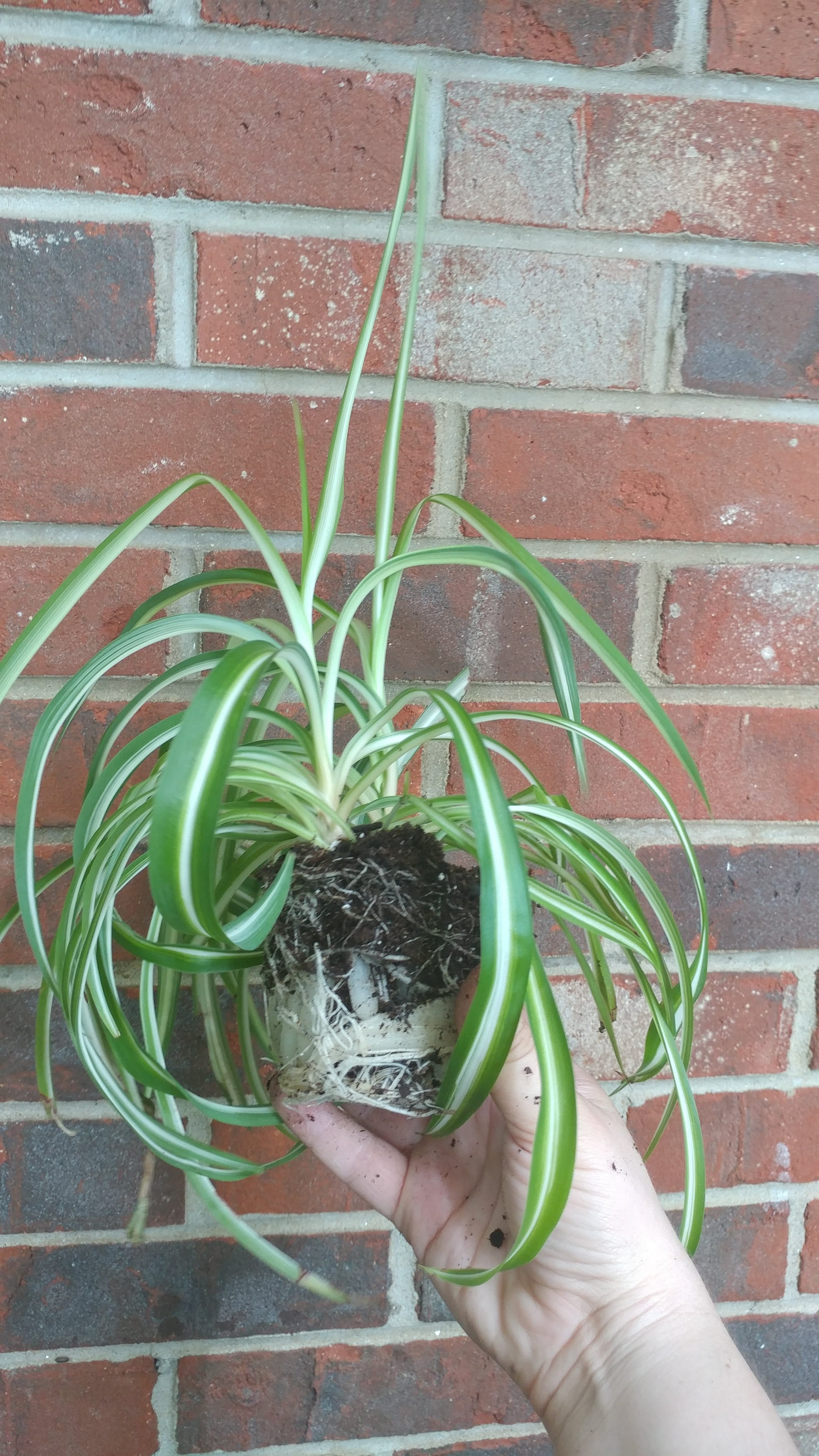

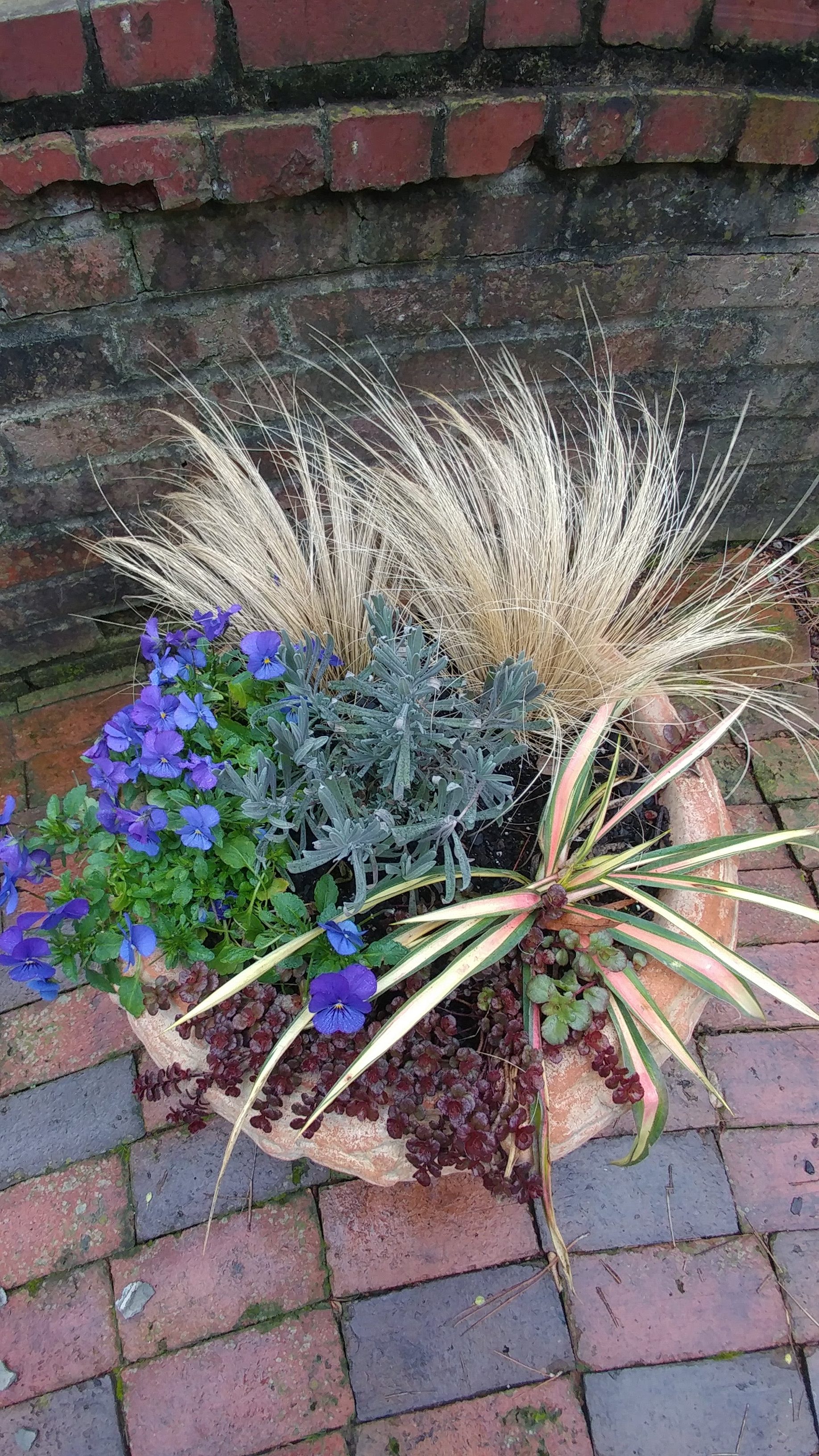
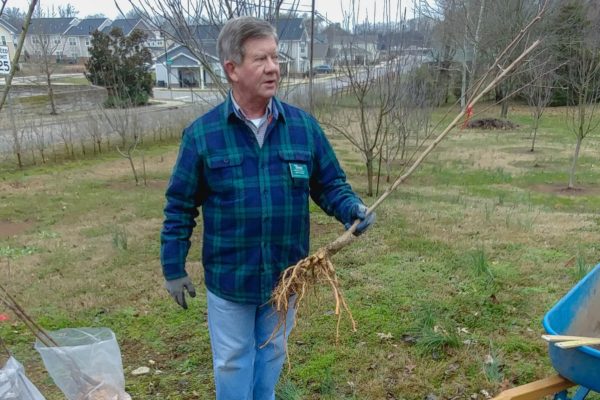


Thank you for the article! Yes, if that is your blue hand chair, keep that thing–it’s cool and the blue fits your other pots haha!
So I have to trim my Indian Hawthorne Shrub (as it is currently in a pot) and I want to propagate it properly.
I’ve propagated many plants successfully, but with flowering shrubs, I’ve failed water propagation every time and so far soil propagation is a no-go. These were tried in the summer season AND I used rooting powder. I propagated them indoors because I do live in the middle of the desert, and it still doesn’t work. Perhaps the shrubs aren’t in the right growth phase during summer when they flower? Have you noticed there a “right season” to propagate, particularly flowering shrubs?
Thank you for your comment! I should probably write a separate post about propagating shrubs. Summer probably isn’t the best season to propagate shrubs. I would say spring is probably the best because they are putting out new growth, and that tender new growth is the best to attempt to propagate. Also the temperatures are cooler. I haven’t had much success with water either. I would cut some of the new growth, get the stem wet, and coat it in rooting hormone. Then I would put it in potting soil and water it from the bottom. I wouldn’t keep that outside, especially during the summer, because as I have experienced, it just gets scorched to death from heat.